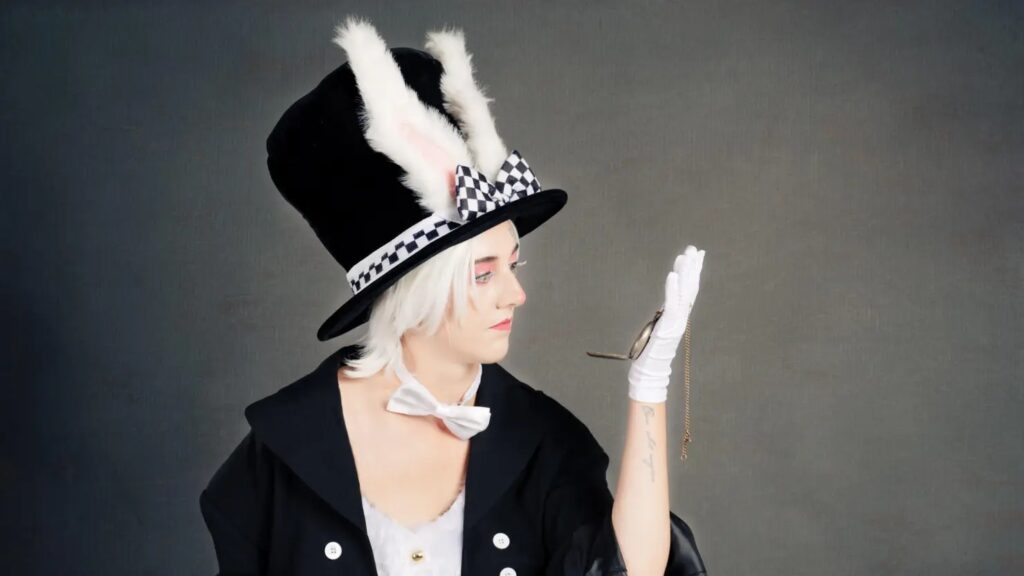
Sports photography can be both enjoyable and challenging to undertake. From amateur hobbyists looking to capture their child’s weekend soccer games to professionals looking to expand their portfolios, here are five tips that can help get you started with sports photography.
1. Adjust Camera Settings
To capture this downhill mountain biker in action, a fast shutter speed was necessary.
Beginning sports photography starts with selecting an appropriate shutter speed that freezes the action, no matter the sport. Experiment with different shutter speeds until you find one that freezes the moment without blurry subjects; open up aperture and increase ISO for indoor shoots as necessary if required to achieve faster shutter speed; even slight grain can help achieve this aim!
Utilizing continuous autofocus is also key, and I personally like using back button focus so that I can track moving subjects while keeping them in focus. High-speed burst mode can also be very useful when looking to capture that perfect moment in time.
2. Know Your Sport
As I observed game play, it became apparent that this player would attempt to spike the ball. I waited patiently until an ideal opportunity presented itself for me to capture it on film.
To successfully photograph sports, it’s crucial that you are acquainted with its rules and gameplay/action. Doing this will enable you to anticipate key moments before they occur so you can capture those crucial images.
As I was hired to cover a field hockey tournament without much prior knowledge of it, I made sure to learn as much about it before the event as possible by reading up on its rules, watching some video of gameplay, and looking through photographs that other photographers had taken – this gave me confidence and gave an idea of what might occur on the field itself.
On his first attempt on this jump, this skier did not quite grab. With his feedback in hand, we tried again until we captured a shot that satisfied him.
When photographing individual sports like skiing, make sure you get feedback from the athlete themselves. An image you think looks good may actually be offensive if their form is off – there are so many nuances involved with each sport that only an expert would notice immediately in an image like this! When photographing sports like this yourself it’s essential to solicit their opinion and feedback as soon as possible!
3. Respect Your Surroundings
Although I wished for closer access, this shootout’s referee requested I remain further back. So, using a longer lens allowed me to capture all the action while adhering to their request.
Before I photograph any official event, it is always a good practice to introduce myself and understand where exactly I can and cannot take photos.
If you’re photographing a sport featuring referees, your goal should be to stay out of their way and not interfere. They often run backwards while monitoring game play; thus it is imperative that you avoid interrupting them during their watch of game action.
If someone asks you to move, do it immediately without question and don’t dispute with officials or coaches. This also applies when photographing outdoor locations like mountain bike trails or ski hills: always remain aware of your surroundings and act in ways that respect the environment around you.
4. Look for Clean Backgrounds
By timing my shot so the skier was between the two stands of trees, I was able to frame her against an uncluttered backdrop.
Once you arrive at a location, it’s always wise to explore and familiarise yourself with your surroundings. I always look for opportunities that offer a clean backdrop for my subjects – not every shot may provide this luxury but being aware of which direction your photography is facing and what lies in the background is key.
Consider what’s happening behind your images before taking pictures. Maybe there is a parking lot full of cars at one end of a field, or spectators lining one edge of a gym. Climb into the stands if necessary to capture more action shots; alternatively get low and close to players to capture shots with better backgrounds – whatever works for you – the bottom line being aware of what’s in the background when shooting images.
5. Create Telling Images
Capturing storytelling images alongside action shots is crucial when photographing sports. Although you should certainly capture an array of exciting action shots when covering games and races, storytelling images help tell a more complete tale about what is taking place and capture its story as well.
Search for emotion on the faces of players, coaches and spectators. Take shots of equipment in detail as well as wide-angle shots of the venue. Document pre-game warmup or athlete preparation before going onto perform in their next competition. Photograph spectators, coaches, officials and volunteers for maximum impact in your photos that capture everything that happened that day.
Next time you set out to photograph some sport images, keep these five tips in mind. No matter which sport it may be, these five steps will help create better photographs.



